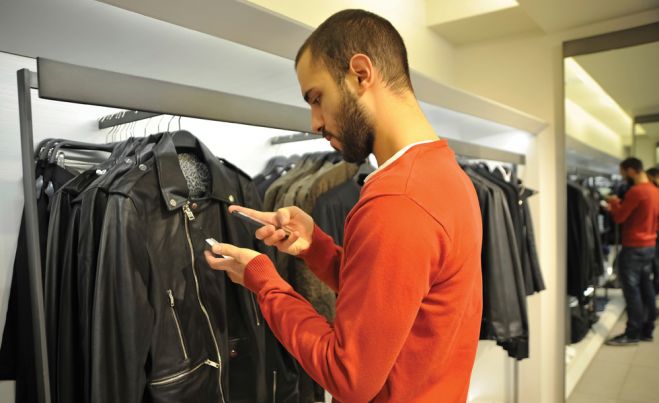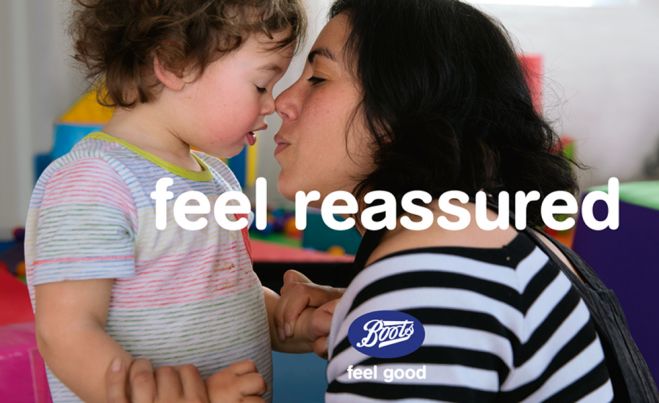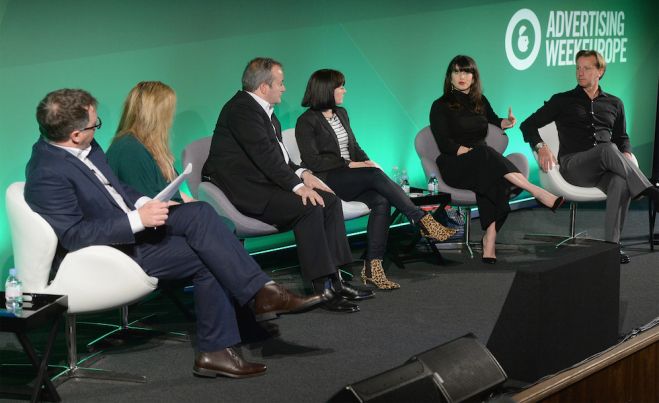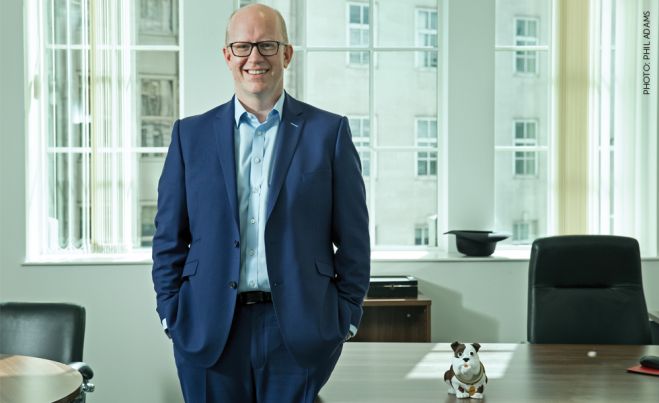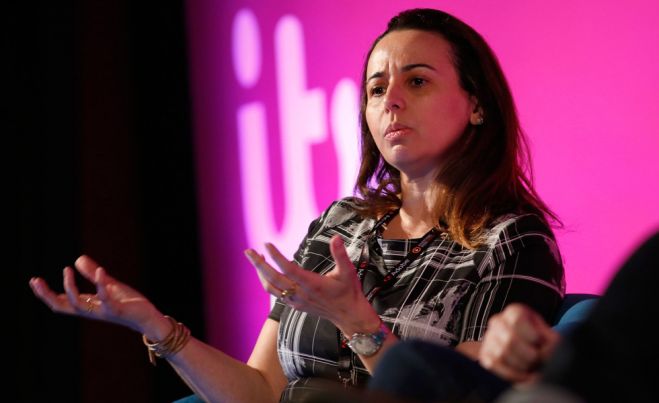How to maximise search in the age of omnichannel
Linking up what people are searching for and browsing online with what happens offline or in-store is one of the big challenges for marketers, who are trying to make the most of all that the digital and mobile world offers. Figures from professional services firm BDO released earlier this month show plummeting bricks-and-mortar sales, with a 6.1% fall for April compared to the same time last year, the sharpest drop for seven years. But there was also a marked rise in online shopping, with BDO’s High Street Sales Tracker showing a 16.4% uplift in sales for the same period. Bricks-and-mortar stores are also under pressure from ‘showrooming’ – searching online for similar products while in a shop to compare prices or find alternatives – with as many as 46% of Americans claiming to have done this, according to BI Intelligence. Blend this with ‘webrooming’, where people research online and then buy in-store, and the challenge to retailers is to make sure they have a presence wherever people are, across all touch points. When it comes to search marketing, brands are working hard at linking what people are looking for online with what then happens in the ‘real’ world – and then measuring it. They appear to be spending ever-increasing marketing budgets on paid search (pay-per-click, or PPC), with Google’s advertising revenue up 16.2% to $18.02bn (£12.5bn) and paid clicks up 29% in the first quarter of 2016. BMW, for example, has looked at paid search and its correlation to the number of people visiting its dealerships. Nine out of 10 consumers research online when looking for a new car and BMW found that while 78% started with search, only 26% filled out an online form requesting more information. It wanted to see how effective a paid search campaign using Google…
Read more...










